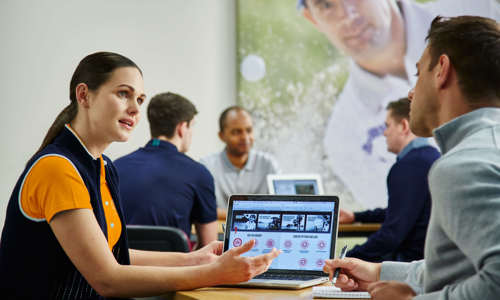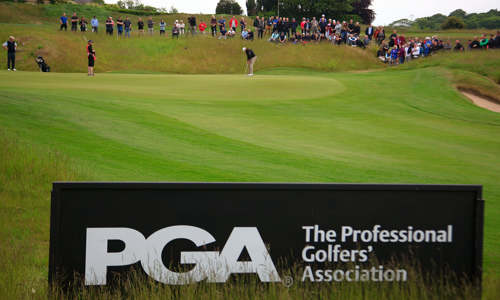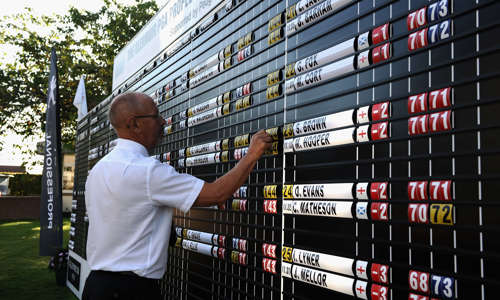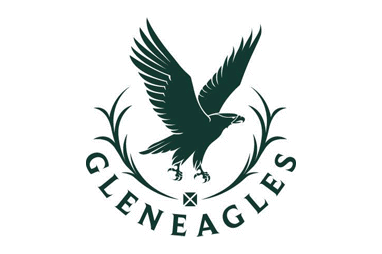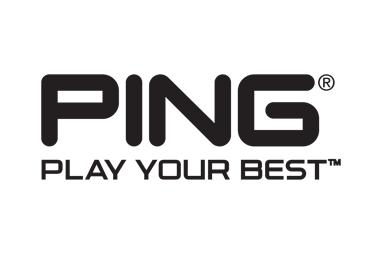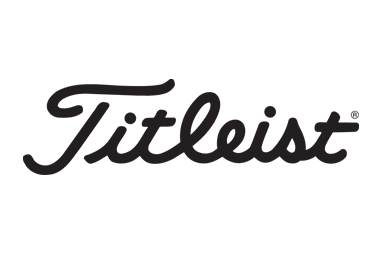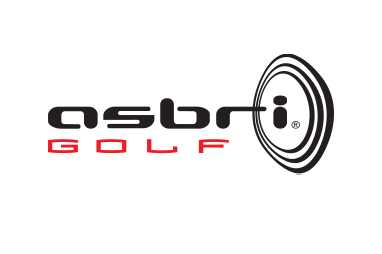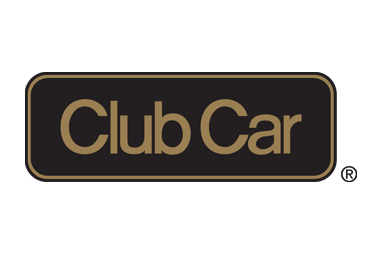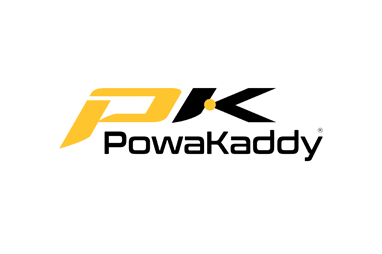Fleetwood’s Dan Skelcher is one of of the leading custom fitters in the UK - he explains what goes in to become an expert in this field.
Why fitting?
I was at Moor Allerton in Leeds when I got into club fitting. I had just finished my PGA training in 2004 and, as soon as I qualified, I started coaching. The very first one-on-one lesson I gave had a real mixed bag of clubs and we talked about investing in some equipment to help him improve. The very next lesson he came back with a full bag of equipment from another retailer and I thought what have I done here, how have I missed this trick? That is what maybe spurred an interest in learning how to do it – at the time I learnt building and repairing clubs but fitting wasn't really part of the training back then so it was something that you had to learn. Learning how to custom fit golf equipment is understanding the fitting process, becoming knowledgeable about the components and how they can be used to improve contact and ball flight.
The process
It starts with the point of time when they make the booking for the fitting. Qualification of the customer is necessary to understand what time is required for the fitting. A full bag of equipment can take up to an hour and a half. The customer has recognised that they need some help with their game and they've looked into different types of equipment, getting an understanding of what their thoughts are before the day of the fitting is key. Once you have got that information then it is quite easy to guide the player through the process of the fitting.
We tend to start with taking a blueprint of what they have currently got in the bag and then look at areas where we can improve things. Some players tend to have different categories of shafts in the bag so they will have a stiff driver, a regular fairway wood , a stiff hybrid and some regular irons so it will all be a mismatch. In addition to this we measure swing weight and loft/lie angles of existing irons to get an understanding of what they are playing. We make them aware of what they have got and how they can improve on that and then we go through the fitting process.
Where to start?
For irons, we start with the 7-iron and have the player hit seven shots and observe swing characteristics and ball flight. Recommendations of shafts and suitable category of clubhead are built from components and tested. From the fitted 7-iron we can then build the set from the most lofted wedge to driver. Ping Co-Pilot is a piece of software which helps me as a fitter walk the customer through a journey. Based on their 7-iron data we'll ask some simple questions like what their highest lofted wedge is and their lowest lofted fairway wood. We can recommend a configuration of a set based on their ball speed and the spin rate that they are achieving with a particular 7-iron. So that really does make the process a lot quicker and I've been using the Ping system for a year now and it is both in depth as well as keeping things relatively simple for the customer.
The Wilson Ai Fitting system is also cutting edge, using Blast Golf technology the data points really give great insights and from just five swings.
We also fit Mizuno and Orka. Alex at Orka is one of the best fitters/builders I think I have crossed paths with – he is very passionate about it and the products that he builds are to some of the highest tolerances I have seen. Mizuno were one of the trailblazers in equipment fitting software. Their DNA system measures what the shaft is doing throughout the swing and then recommends shafts best suited to the player.
We measure every set that arrives through the door from the factories ensuring the customer receives the correct build avoiding any issues with the quality control. Upon collection we offer a gapping session to highlight new carry distances.
Being fitted for clubs vs being fitted correctly for clubs
This is a big question. We have customers who come to us from other places and they will have been fitted for a set online or from another retailer but they might not be getting on too well with them. There is usually a reason for that and that is often down to the ill-fitting of them unfortunately. The percentage of golfers who we see who have already been fitted is maybe 40-50 percent. And we also have an array of golfers who have no idea of what a fitting is all about. The majority of equipment fittings that we do here see gains on their existing clubs. If we don't see any improvement or gains, then there is no point investing in new equipment.
How to fit fitting in
I do a lot of things here at Fleetwood GC. I probably do about 10-15 fittings a week, I look after a retail shop, we have 700 members, so we cater for them and run club competitions, and I do lessons which lend itself to creating new fittings. So, we run our business and I do many things and fittings is just one of them, but I enjoy the variety.
The number of Pros with studios attached has certainly increased greatly in recent years. If you don't have an indoor facility, then you are certainly behind the curve. Having the space and the technology to hit equipment and do coaching is something we could not survive without. That is what we have built our business on, and our reputation on. We have become a destination for members from other clubs in the area based on word of mouth.
How to earn trust
It is the old adage; people buy from people they like and people they trust. I think that is how we have grown our business over the last decade. Because of the situation we are in, the majority of our customer base is members, and we can't ill-fit somebody or sell something to somebody just for selling it sake. We have got to make sure that that customer is making some gains out of it.
A success story
My business partner, Ian Taylor, has been coaching someone who is brand new to the game. He had been given a set of clubs and he didn't even realise that they were ladies' clubs, way too short and too light for him. He educated him a little bit and had him try a club built the right length and the right shaft for him and he gained 30 yards!
Wedge fitting
This is one of my favourite parts of fitting. Players still don't really understand bounce and grind and how that can benefit them in the way that they can interact with the turf. There are a whole array of different bounces and grinds out there and it is quite a minefield. But there are fitting tools, the most recent one that is being launched is the s159 by Ping, find your grind, which provides a great starting point that is a quick and easy way to determine the grind and bounce to best fit your game.
I tend to work with the most lofted club in the bag now and work backwards from that and quite often it means that we miss out on an extra wedge sale as some players will walk away with just two wedges instead of three, but this leads to an extra option at the top end of the bag. We will observe what that player is achieving with their most lofted club and how they are playing, say, a shot over a bunker onto the green. And certainly their bunker play where we'll observe the ball flight and the interaction with the sand. Then we have a selection of wedges that we use for a fitting and we'll give them maybe a different loft, bounce or grind just to help with the way that they flight the ball. It is a feel thing, but it is surprising for some players to see how the ball is reacting differently without really changing their technique too much. It is sometimes quite a surprise to see the ball popping up in the air more and landing softer, it can be a whole new experience for them.
Ball fitting
The first thing that we ask is what ball that they play, and we will generally work the fitting with that ball. If we see that there could be improvements in using a different category ball, we tend to recommend that towards the end of the fitting. If there is time we will try and go through the process of trying a couple of different balls with the new club that is built for them. Ball fitting is quite a fascinating one. I think that the majority of people who are of a low handicap are fully aware of the benefits of playing with the right ball. The higher handicapper will tend to rate how well they've played on the number of balls that they lose so therefore the impetus isn't necessarily on playing the right ball, it is just any ball. But the benefits of using the right ball can potentially be huge.
Again, we generally fit the ball by starting with a 7-iron and looking at the peak heights and spin rates and descent angles. The stopping power of the ball is really quite key and most players generally play a ball that doesn't spin enough or spins too much for them. Obviously, these days we have a launch monitor that enables us to do that. We used to do it by standing down the line and watching the ball flight but, as ball technology has improved, so has the ball-measuring technology.
I work with some stroke survivors twice a week and, unfortunately, they quite often turn up with new equipment from the charity shop which are generally very old and ill-fitted. So, we give them an understanding of using the right equipment and they have also seen some massive gains as well. Some of them can only swing one-handed and having a lighter golf club is so much better for them.
To add custom fitting to your PGA Play profile, simply visit your PGA Profile Builder page in the Members’ area of pga.info and choose the option to include custom fitting.


